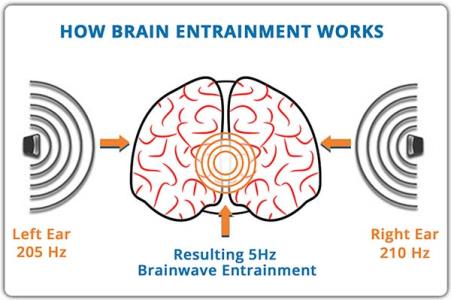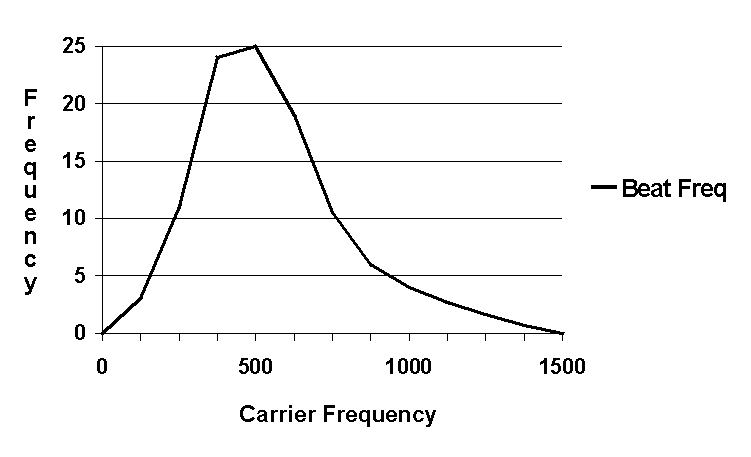


What makes binaural beats interesting is their ability to synchronize, or entrain, your brain’s electrical response to adhere to a certain rhythm. For example, if your right ear is hearing 400 Hertz, and your left ear is hearing 410 Hertz, then your binaural beat comes in around 10 Hertz. So while you hear a sort of rhythm between the two notes in binaural beats, your head is just creating a filler sound that bridges the difference between the two original sounds. This frequency mismatch creates a third tone that waxes and wanes in volume-but the catch is that the sound only exists in your brain. What happens is when you listen to two pure tones separated into each ear, the tiny difference causes a “frequency mismatch” as the sound travels to the auditory part of your brainstem, says Hector Orozco Perez, an author of a recent study on the mysterious beats. And as trendy as they are, the scientific community has known about them since the 1800s.īinaural beats, simply put, are an illusion. But much like everything else in the wellness world, there’s just not 100 percent consensus on how well they work or if they work at all. If listening to ethereal, almost otherworldly, sounds for a few minutes every day while you study and work could make your brain more creative and less prone to anxiety, wouldn’t we all do it? One such concept, binaural beats, has been touted by some to be a bit of a magic cure for handling stress. You'll need headphones for this possibly soothing sound experiment.


 0 kommentar(er)
0 kommentar(er)
